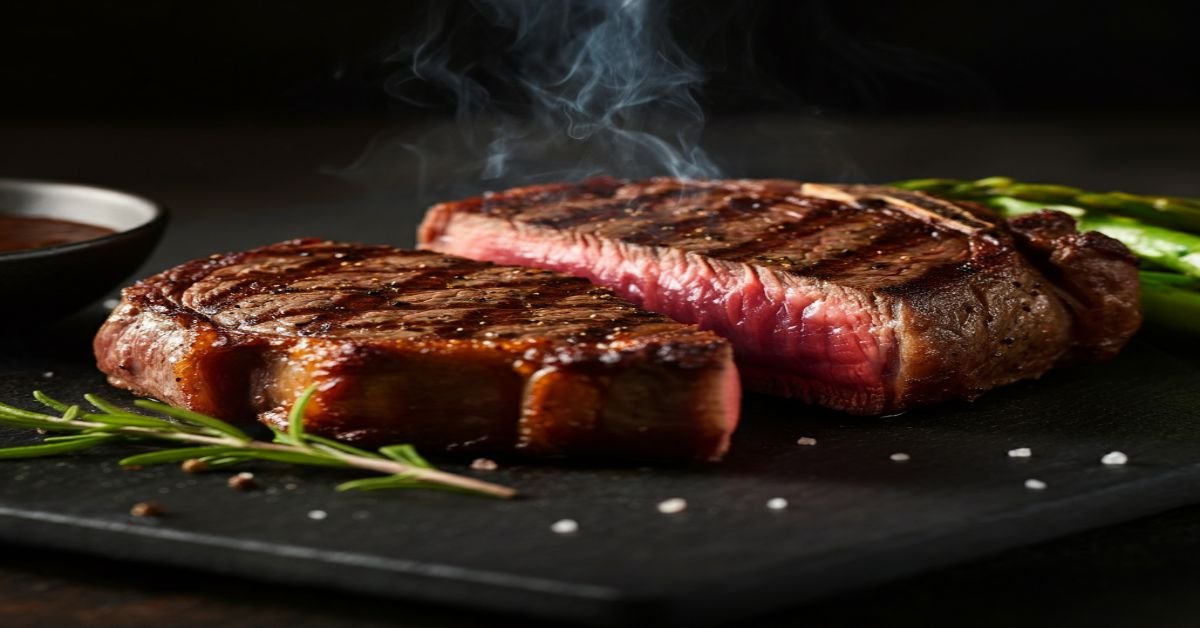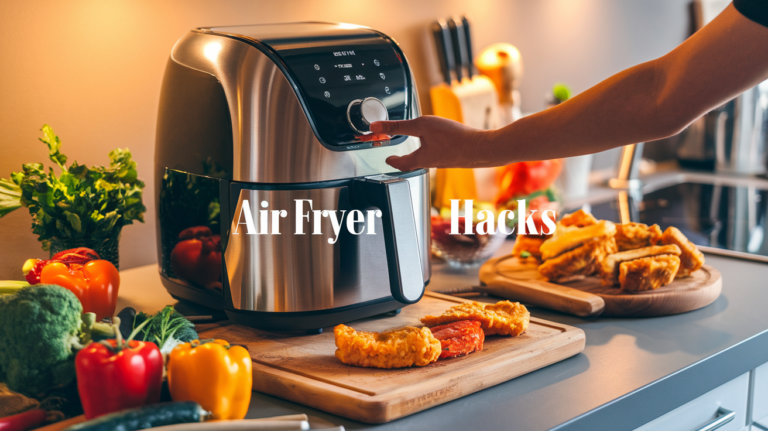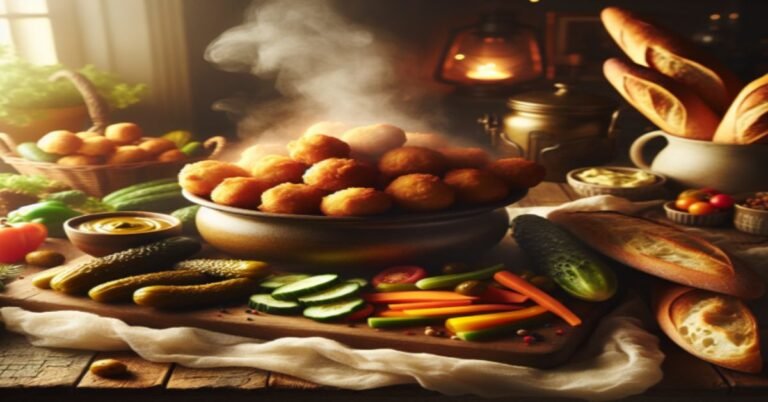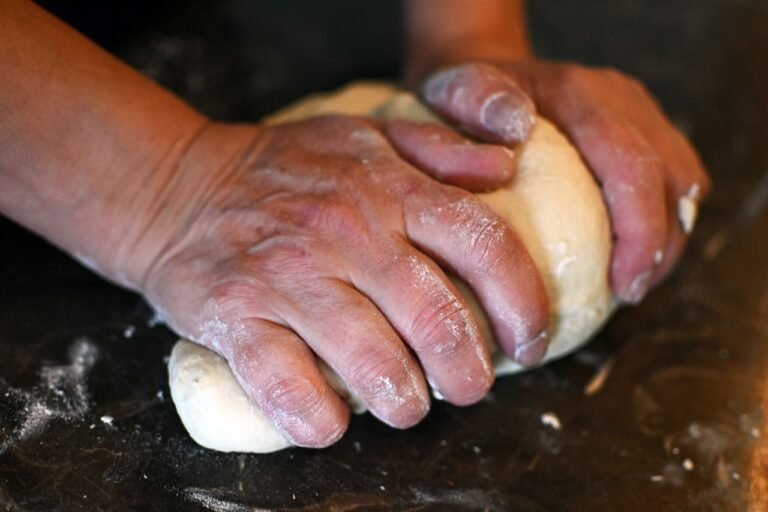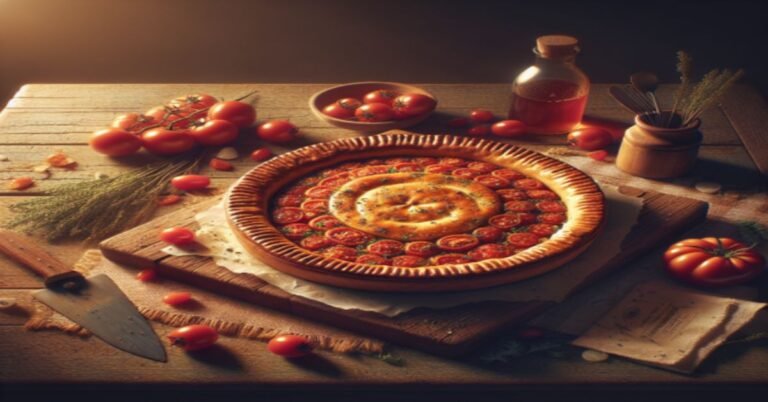Medium Rare Steak Temp: Sizzle and Perfection in Every Bite
If you love food, cooking at home, or are a steak lover, you’ve likely wondered what happens to meat when it cooks just right. Out of all the levels of doneness a steak can be, medium rare is king when it comes to flavor and tenderness. But what makes it so special? This guide will explore all the facets of achieving the perfect medium rare steak from what cut to use, how to handle, and so on.
Choosing the Right Cut
The path to an incredible medium-rare comes from the cut. But ribeye, filet mignon, and New York strip among others, are all popular steaks with differing levels of marbling (fat throughout the meat), tenderness, and flavor. Tips for Baking Beef Tenderloin Find a cut that works with what you prefer and your cooking method. The grade is key – USDA Prime or Choice will have better marbling and will taste juicier and more flavorful.
The Science of Medium Rare
Medium rare is a temperature game. Medium rare steak will typically be cooked to an internal temperature of 130-135°F (54-57 °C). At this range, the proteins have coagulated enough to develop a flavorful crust while keeping it juicy and giving you that bubbly pink in the center that steak is known for. This recipe is super simple, but it does require some attention to detail in monitoring the temperature of the steak — make sure to not let it overcook and you will need a good meat thermometer as well.
How to Perfect the Technique to Cook It
How to Cook Perfect Steak? The exact technique that you employ to cook your medium rare steak — be it grilling, pan-searing, or broiling — can either make or break a perfect medium rare steak. Let your steak come to room temp (this helps you avoid overcooking). You simply season them well with salt and pepper to get the best out of them. You need high heat to develop that outside sear, while also keeping the inside juicy. Allow the steak to rest for a few minutes after cooking to give the juices time to redistribute, which makes for a biting steak that is both tender and flavorful.
Otherwise, the seduction of a flawless (or near-perfect) medium rare steak.

What Does Medium Rare Mean?
However, in the culinary realm, medium rare is a real Goldilocks zone for the doneness of the steak. It is that sweet spot where you hit 130-135°F (54-57°C) internally in the middle, creating a warm red center. It did not lose its juiciness, tenderness, or flavor: the steak was still succulent and nicely flavored. For a lot of foodies, it’s the perfect way to experience the taste of beef alone without overcooking.
The Best Doneness is Medium Rare
Chef Gordon Ramsay opined, “The medium rare is the spot where steak goes from good to great — having flavor, moistness, and tenderness all at the same time. Medium rare is so appealing because it enhances the steak’s flavor while keeping the meat juicy. It is tender, yet not as squishy as rare, and not so firm that it is a medium.
A Short Background on Preferences For Steak Doneness
There is a history of evolving beef preferences. Well-done used to be a popular choice due to concerns over food safety, but new techniques and the desire for a greater taste of natural beef flavors have changed that grim reality. Now medium rare is a recognized part of fine dining and gourmet cooking, prized for its taste and mouthfeel.
Choosing the Appropriate Cut of Meat
Now it is important to choose the right cut. Steaks such as ribeye, sirloin, and filet mignon are all great candidates for the medium rare treatment. Each cut brings its flavor and texture to the table. Ribeye features a high fat content that makes it especially juicy and flavorful, sirloin provides both taste and tenderness in abundance, whereas filet mignon is widely known for its soft buttery characteristics.
- How To Pick A Good Quality Meat: It begins with a quality cut of meat to arrive at that perfect medium rare steak. Choose cuts with good marbling, which ensures tenderness and flavor. It should be a bright color — this is a sign that it is fresh. According to Chef Jamie Oliver, “The secret to cooking a medium rare steak perfectly is the cut you choose, how you cook it, and when you take it off the heat.
- Pictures to Help You Choose the Top Infographics to Know Different Cuts Of A Meat Counter. Get to know the specific cuts — how they feel and what they look like in terms of marbling so that you know how to make decisions. The ideal cut is the cornerstone of a memorable steak.
Preparing the Steak
Always let your steak come up to room temp before throwing it on the grill. This process allows the meat to cook more evenly, so the outside layers do not overcook while the center is still undercooked. It’s a very basic but massive game changer for getting that perfect medium rare.
Taste Meal Cooking Styles of Marinade and Seasoning
Seasoning is an art. Salt and pepper can make the natural flavor of steak shine even more. If you prefer marinated steaks, go where the combination is a compliment, not an assault. Traditional combinations such as garlic, rosemary, and olive oil provide a depth of flavor without overpowering the meat.
Steaks that Benefit Most from Marinades
Avoid over-seasoning. Let the natural flavors of the meat speak for itself. “It is one of the few things that its exactness – such as temperature control for the degree of doneness, and the craft to reach a medium rare – can take you from a good cook to a great one,” echoes Chef Thomas Keller. Achieving that precision starts with careful planning.
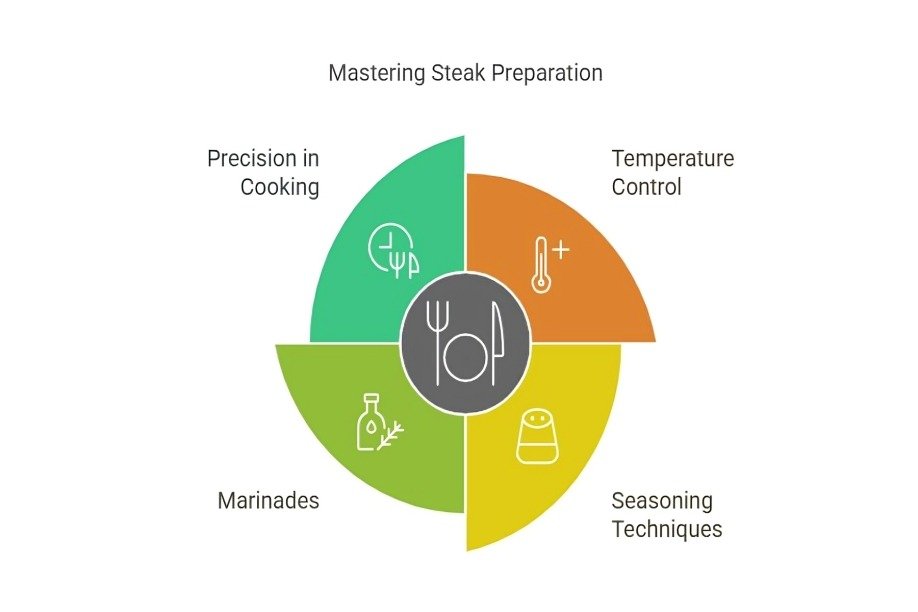
The Cooking Process
See, the best cooking method is where it all comes together. Common techniques include grilling, pan-searing, and oven roasting. Each method has its advantages. Grilling gives it a smoky flavor, pan-searing gives it crust, and oven roasting covers the even cooking part.
- Grilling, Pan-searing, and Oven Roasting Temperature Guidelines: Nail that perfect medium rare steak temp with precision. On the grill: heat to high and sear for 3-4 minutes per side. You can pan-sear them in a hot oiled skillet, searing each side for 3-4 minutes and then finishing the cooking in an oven at 400F/204C for a few minutes. Trigger temp of 130-135°F (54-57°C).
- Things to Avoid: Do not crowd the grill or pan! This causes improper searing and all sorts of cooking problems overall. Always use a meat thermometer to confirm that. Avoid flipping too often, as this interrupts the cooking process. Perfect these strategies for the ideal steak.
Checking for Doneness
Knowing doneness takes practice. If the steak feels firmer than springy but still has some give with a warm red center, you have medium rare. That color should be exactly old lady pink, the sign of an ideal medium temp.
The Role of Meat Thermometers
A meat thermometer is an invaluable tool for accuracy. Place it into the thickest part of your steak, avoiding any bones or fat. Target a temperature of 130-135°F (54-57°C). According to Chef J. Kenji López-Alt, “Medium rare is the best possible doneness for a steak—it finds the sweet spot between tenderness and flavor.”
Mastering the Touch Test
With time, you will develop a tap test technique. For Medium rare, compare the feel of the steak to the fleshy part under your thumb. This gives you a smart tactile reference for what perfect doneness feels like every time.
Resting and Serving
Resting the steak for maximum juiciness. After cooking, let the steak rest for a few minutes ( 5-10 ). This allows the juices to be redistributed so each bite is juicy. You may be tempted to dig right in but your patience will pay off with a juicier steak.
Creative Serving Suggestions
Enhance the dining experience using a mindful presentation. Serve with sides to complement your steak, like roasted veg or garlic mash. Top them with chimichurri or herb butter and enjoy!
How to Have a Memorable Dining Experience
Make your table inviting to the eye. Serve it up on some good plates and use nice utensils as this can really up the vibe!! Take time to appreciate every morsel, let the taste unravel! Also, Indulge in your favorite steaks served with a Philadelphia tomato pie.
Choosing the Right Drink for a Meal Expands Upgrading
A good wine list can take your steak house to the next level. Steak cooked medium rare is a gorgeous match to full-bodied red wines, where the tannins are softened by the fat in the meat. Think of a bold, structured Cabernet Sauvignon to match up with the savory flavors of steak. Or a Malbec, packed with fruit and a bit of spice, which deepens the flavor of the steak. A Merlot is a slightly subtler choice while still being smooth and velvety.
Shine Beers If You Want A Flavoured Jam
If you’re more into beer craft selections, create a unique pairing experience. The creaminess and roasted malt flavor of a stout pair well with the grilled crust of a medium-rare steak, while the hoppy bitterness of an IPA can slice through richness. Or opt for a Belgian Ale with some nuanced fruit and spice character to bring something fresh to the table.
IOMAT also prepared some non-alcohol options as their balanced meal
You don’t need alcohol for an unforgettable meal. Non-alcoholic drinks of good quality can be equally rewarding. Choose sparkling water with a few drops of citrus juice or elderflower for a refreshing interlude between bites. Nutty acidic cold brew coffee can provide the necessary pick-me-up to complement your meal, or a more tart and bubbly alternative is a kombucha.
Steak time is about balance, and much like the interactions between the steak, side dish, drink, and (most importantly) the person you are eating it with.
Troubleshooting
There are numerous types of errors you can make while cooking steak — but there are additionally lots of ways to avoid these pitfalls. If the pan or grill is too crowded, you flip the steak too many times, or set the heat too high, a cooked (or even inconsistent) steak will result. By knowing these common missteps, you can get to the perfect doneness.
What to do with overcooked or undercooked steak
Thinly sliced beef or steak served with sauce is still great if you end up overcooking the meat. For a steak that is still too rare, pop it in the oven for a few minutes to finish cooking. Keep in mind that every steak brings an opportunity to refine and enhance your skills.
Tips for Consistent Success
Getting the temp on a medium rare just right takes practice. Use a journal to note how long you’re cooking dishes or which techniques you are trying out. Change this combination until you can regularly produce what you are looking for. Every mistake is a step to getting better, so do not let them get you down.
Conclusion
Getting a medium rare steak temp is all about the cut, preparation, and cooking. Don’t forget to let it rest and plate the steak with swank! As Chef J. Kenji López-Alt states, “Medium rare is the sweet spot for steaks; you get a beautiful tenderness and flavor.”
Getting the hang of a medium-rare steak takes a bit of experimentation. Experiment with marinades, rubs, and cooking styles to find your ideal steak experience. Culinary arts with repetitive practice to get interesting dishes.
So tell all the foodies, and steak lovers out there about your perfect works of art in the medium rare genre. Join online communities, talk about cooking with the online world, and influence others through your functions in cooking.
Frequently Asked Questions
Q. What is the Perfect Temperature for a Medium Rare Steak?
For a perfect medium rare steak, its temperature range is from 130–135°F (54–57°C). This temperature range allows for a warm red middle, with maximum tenderness and juiciness.
Q. How Do I Know When My Steak is Medium Rare?
Use visual and tactile cues. The steak should feel firm yet springy, with a rosy pink interior. A meat thermometer is a reliable tool to confirm doneness.
Q. How Long Should Steak Rest For?
After cooking your steak, you should let it rest for 5-10 minutes. It gives the juices a chance to redistribute so you can enjoy a juicy bite.

